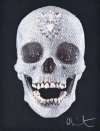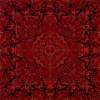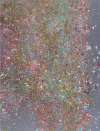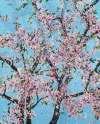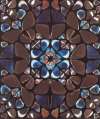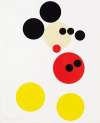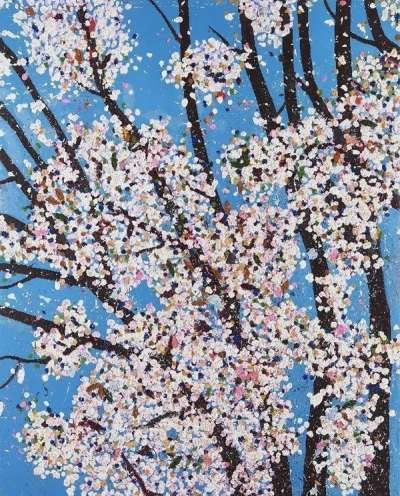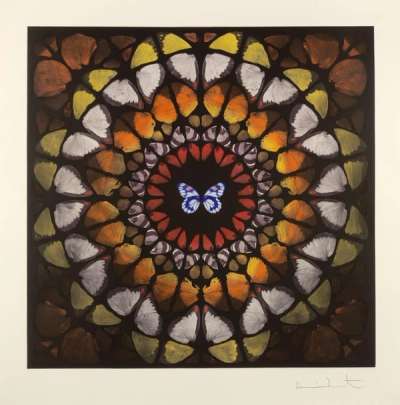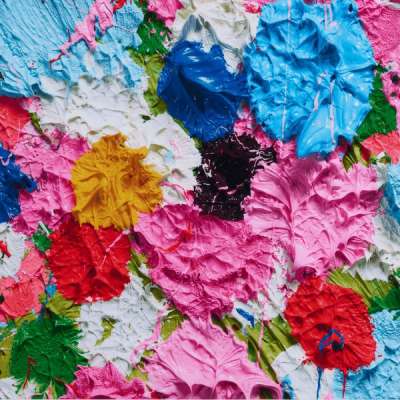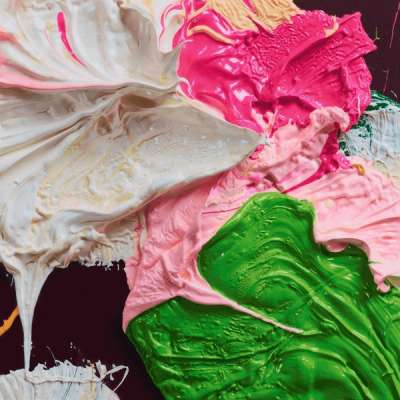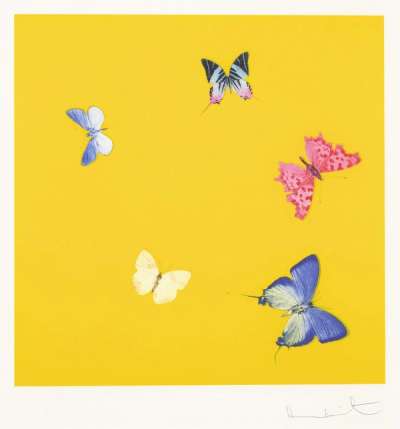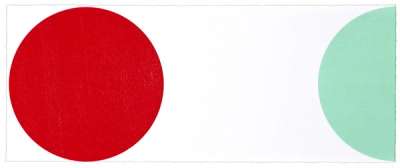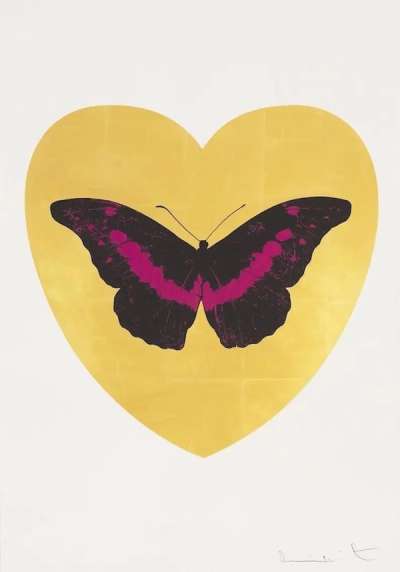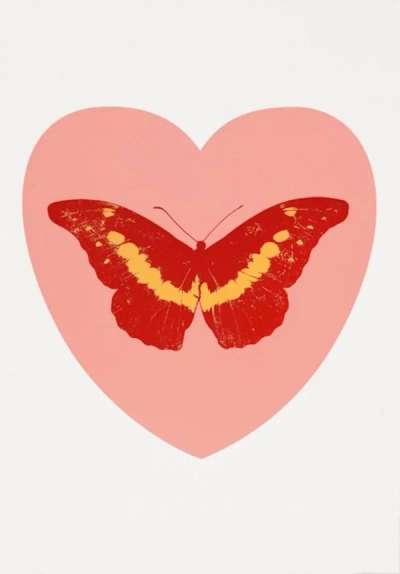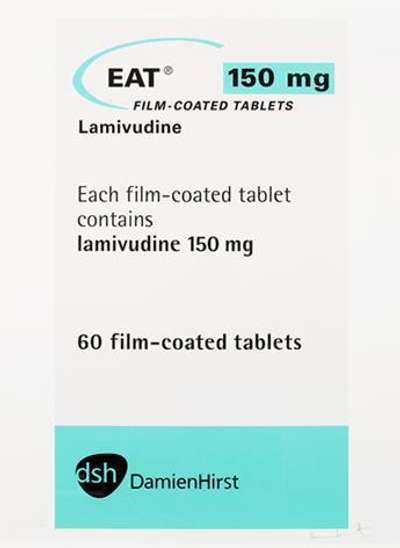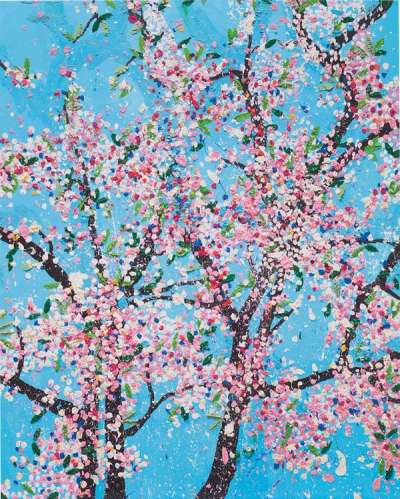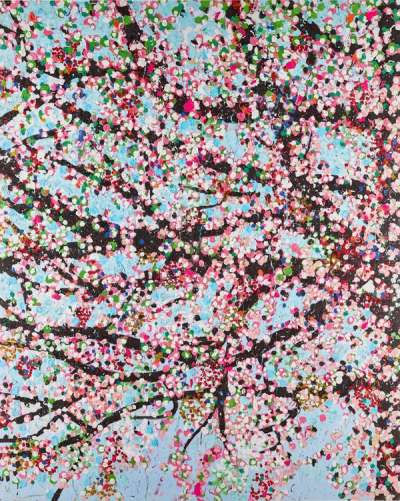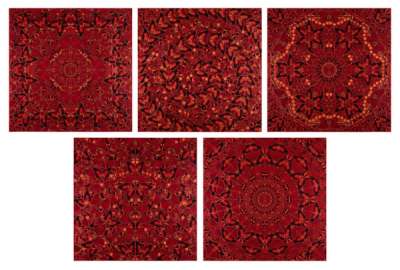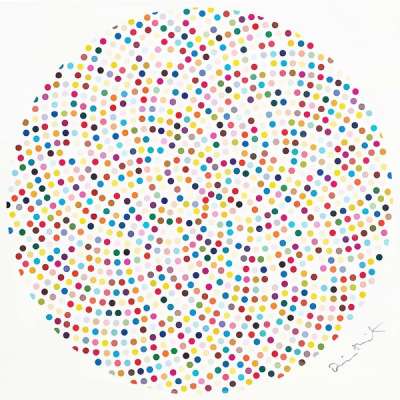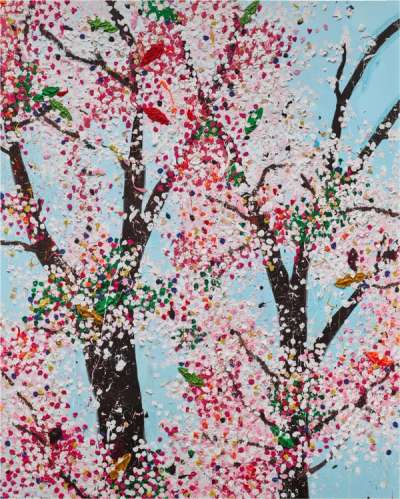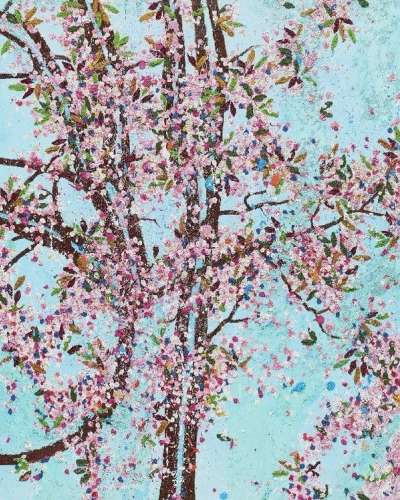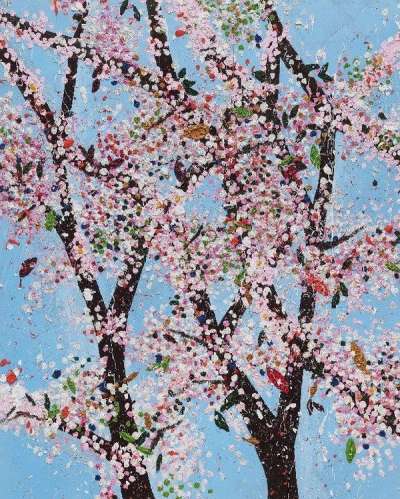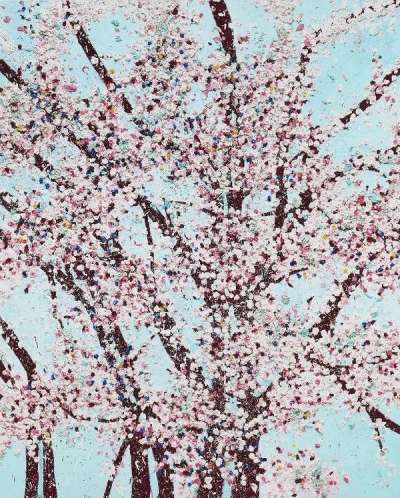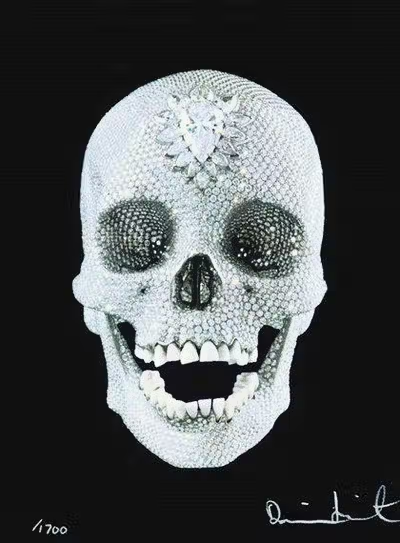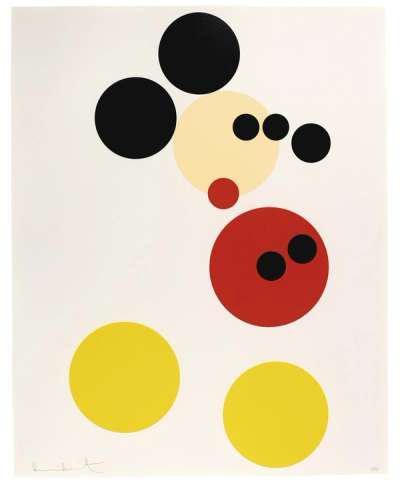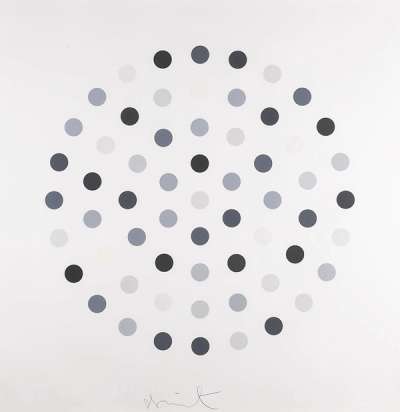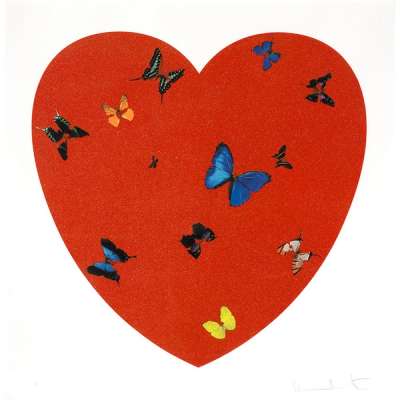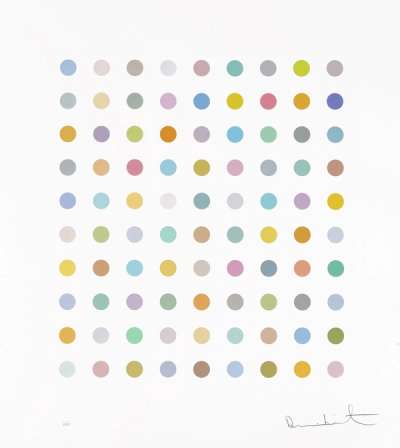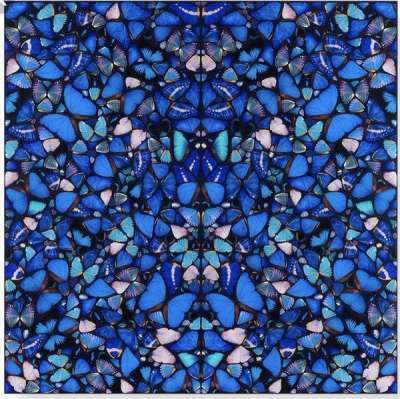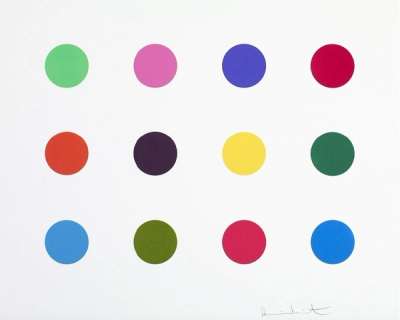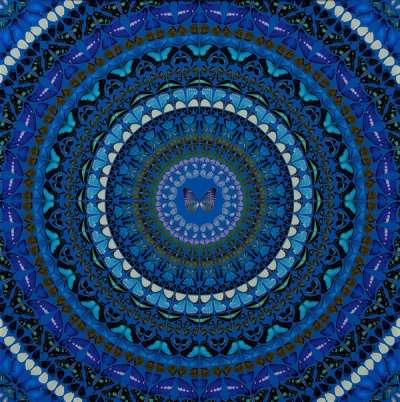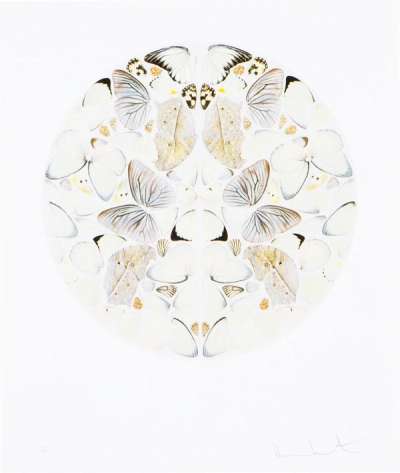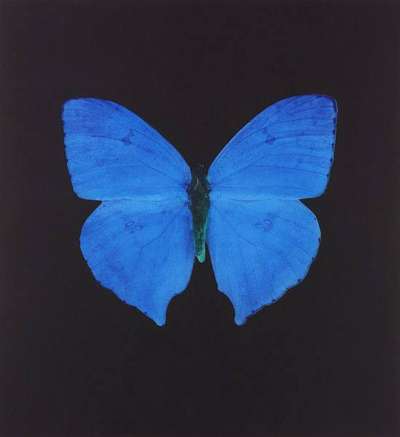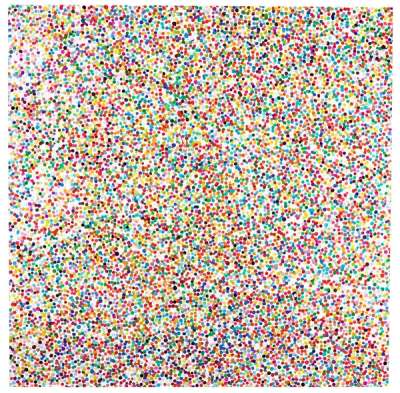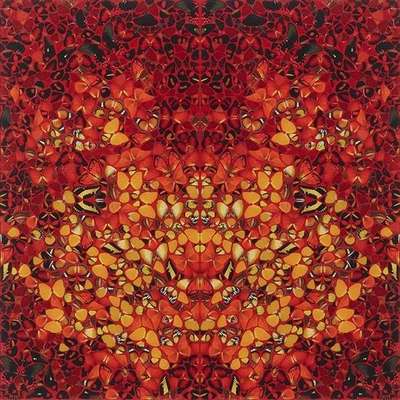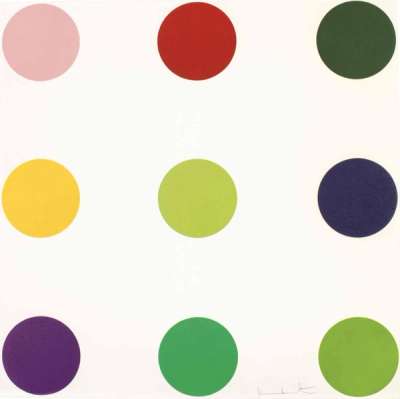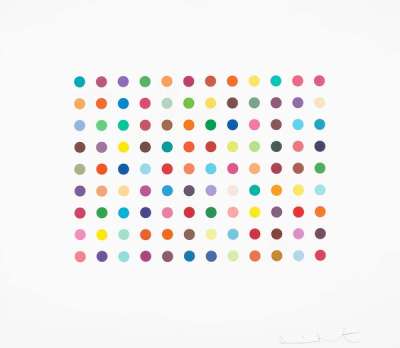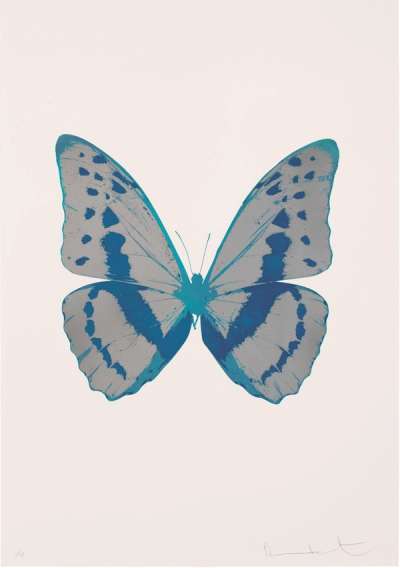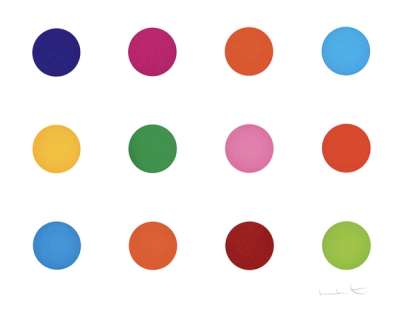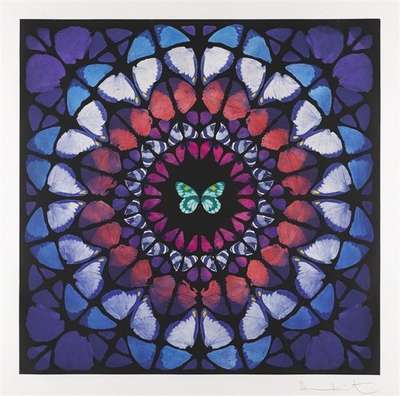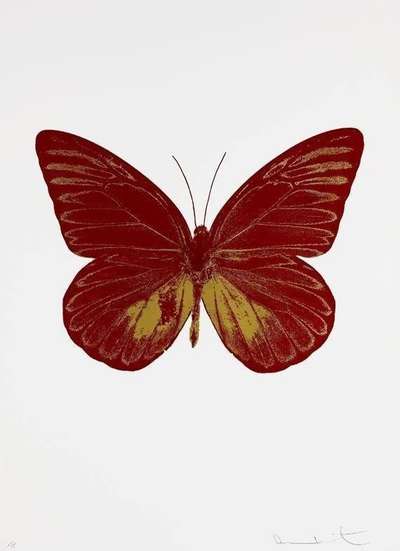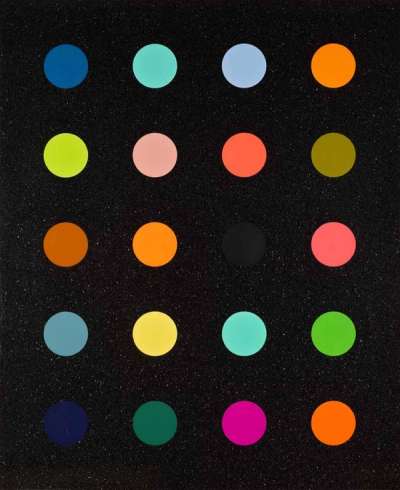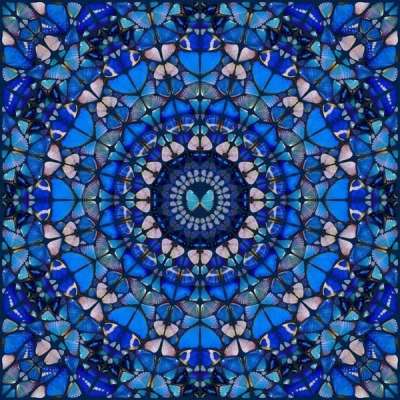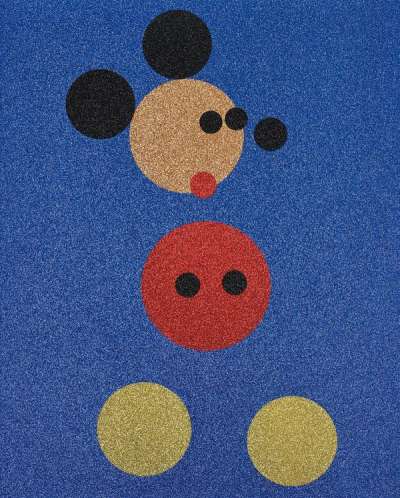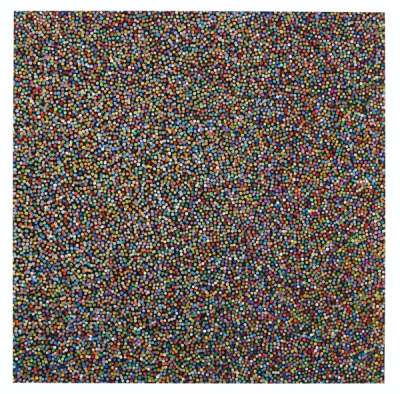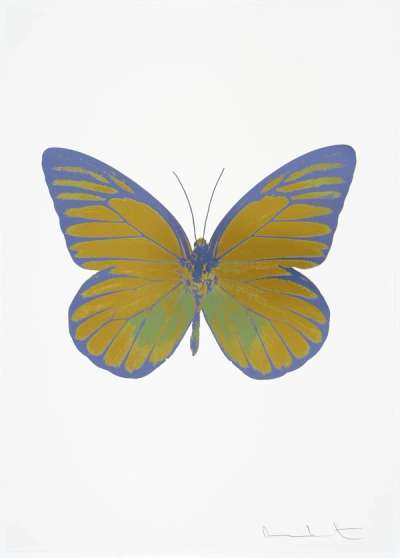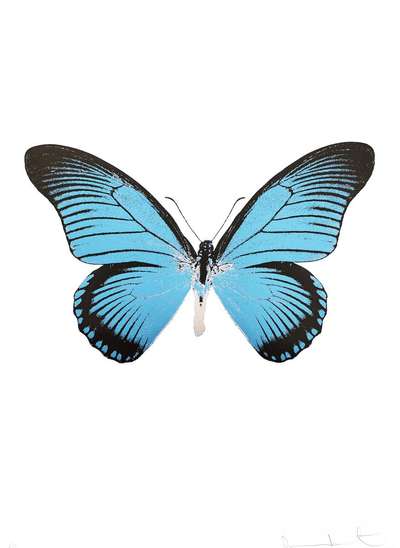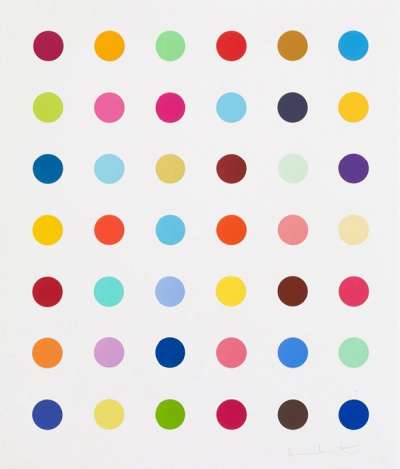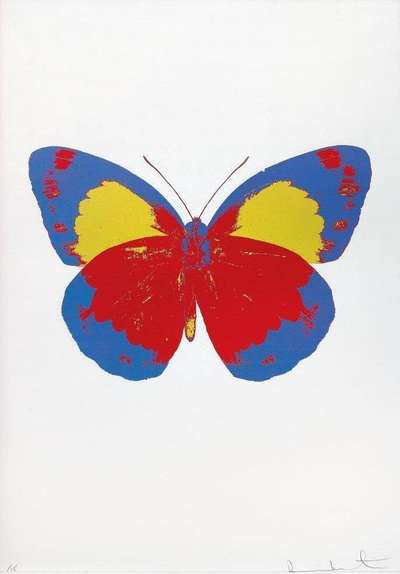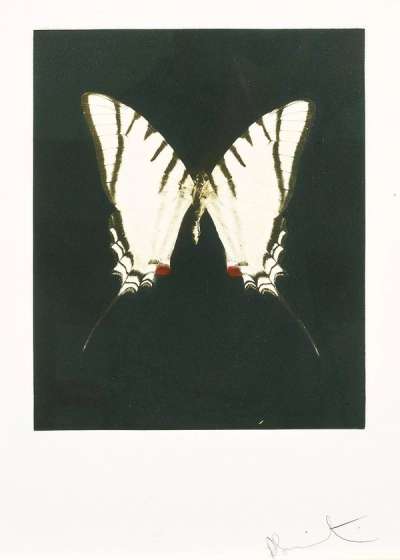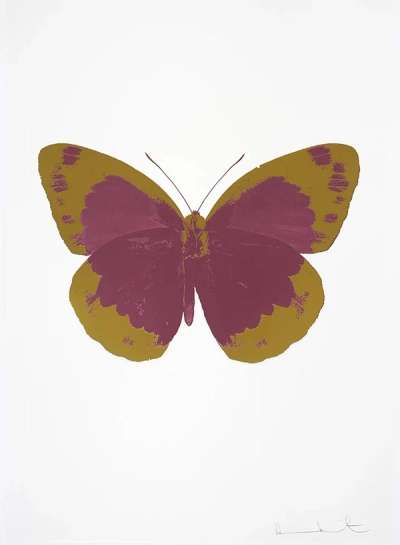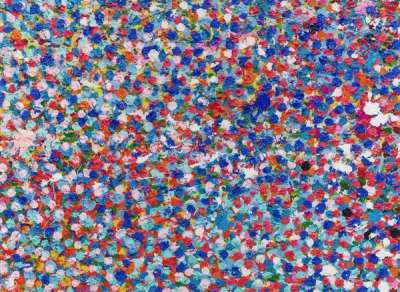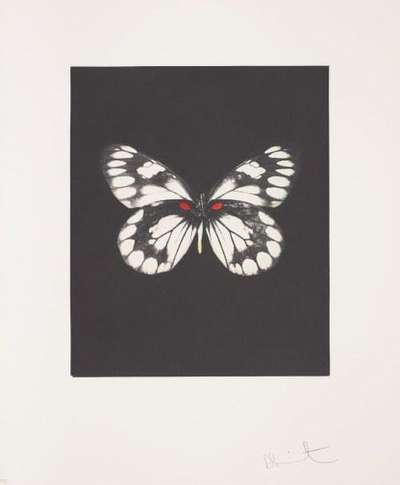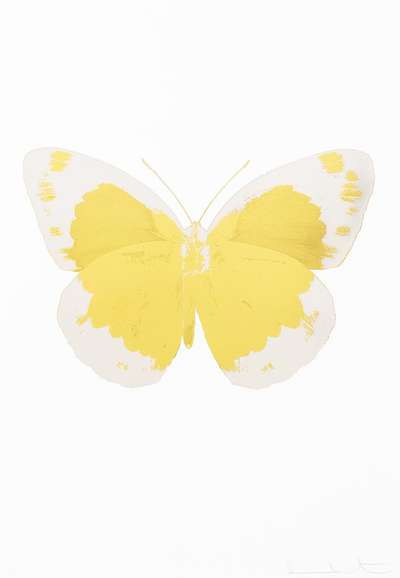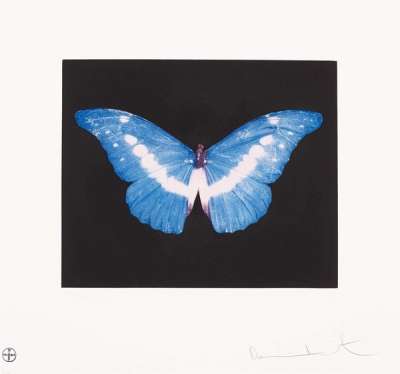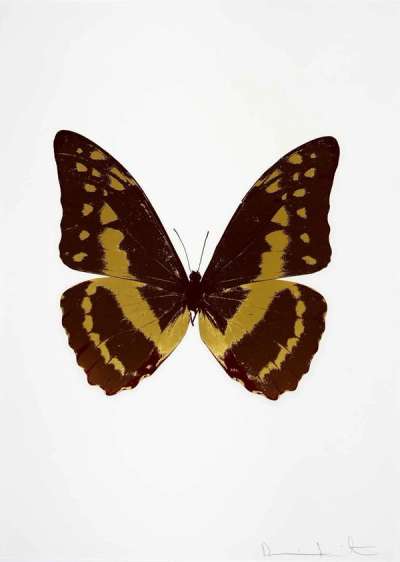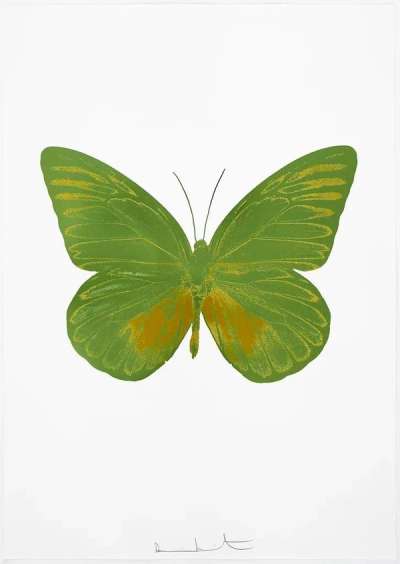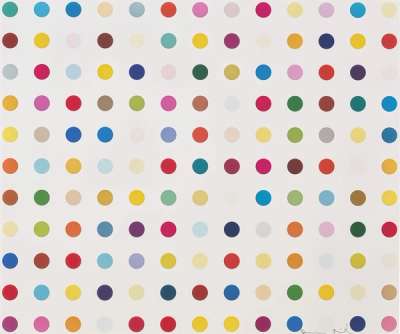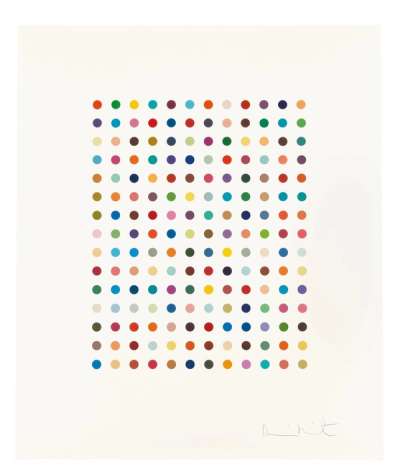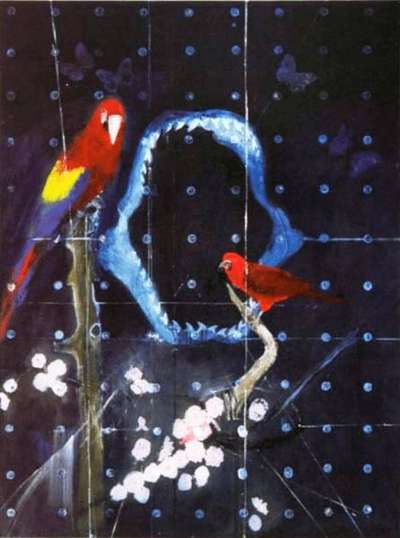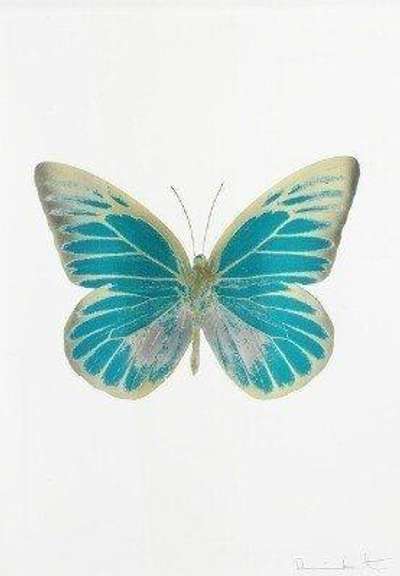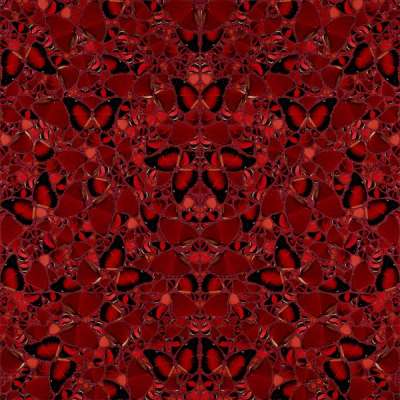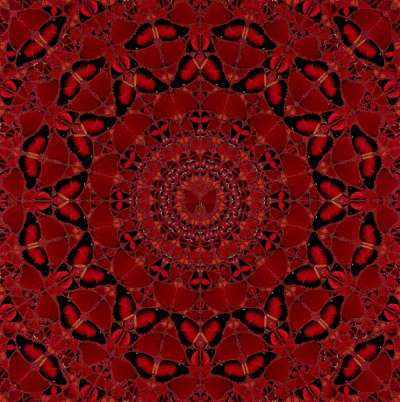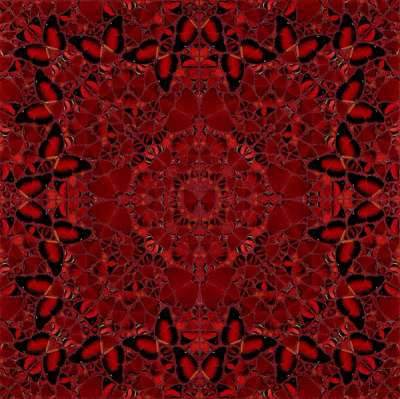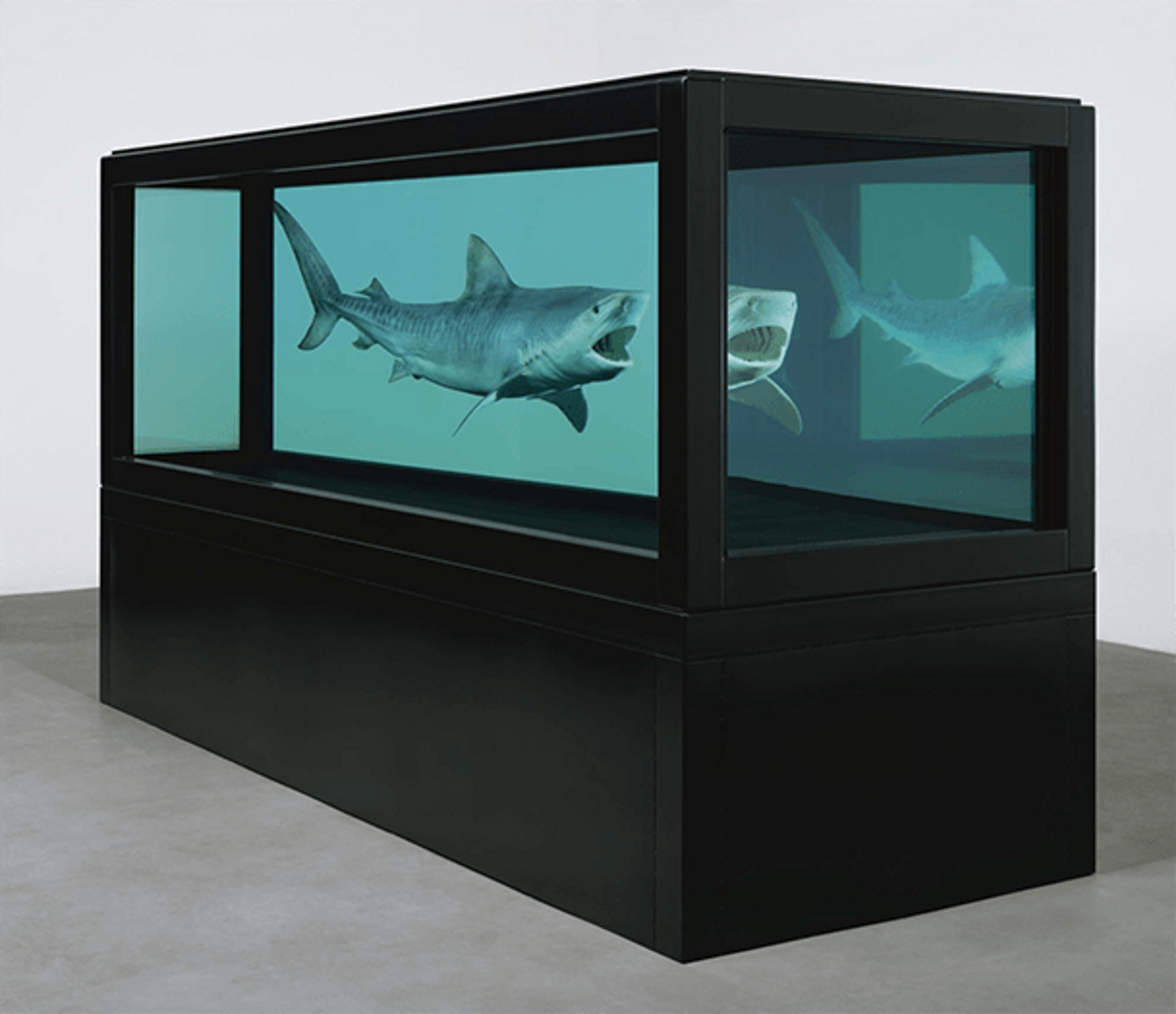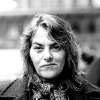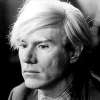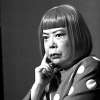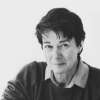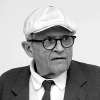Damien
Hirst
Leading the Young British Artists (YBA) movement in the late ‘80s, Damien Hirst remains a bold and provocative force in contemporary art. Explore his market trends and investment outlook in our Collector's Guide to the Print Market in 2025. If you’re looking for original Hirst prints and editions for sale or considering selling, request a complimentary valuation and browse our network’s most in-demand works.
Damien Hirst art for sale
Discover Damien Hirst prints for sale, exclusively available through our private network of collectors. Explore signed and unsigned screenprints, lithographs, digital prints, and rare editioned proof prints by era-defining blue chip artists.
Sell Your Art
with Us
with Us
Join Our Network of Collectors. Buy, Sell and Track Demand
Biography
British artist Damien Hirst is widely hailed as the enfant terrible of the contemporary art world. Hirst is one of the most prominent figures in the Young British Artists (YBA) movement, an internationally-renowned artist group known for their controversial work and dominance of the British art scene during the 1990s. A contemporary of well-known YBAs like Tracey Emin, Angus Fairhurst and Jenny Saville, Hirst is not shy to scandalise and shock the world with his art pieces.
Obsessed with the themes of life and death, it comes as no surprise that they have become a central motif in all of Hirst’s works. From his seemingly innocuous spot paintings to his controversial art installations involving animal carcasses, Hirst’s artworks are weighted with meaning and symbolism. A trailblazer and rule-breaker, Hirst is unafraid of showing his uniqueness through his pieces.
Hirst’s preoccupation with death and mortality is encapsulated in his 1992 art installation Pharmacy. A clean, minimalistic recreation of an actual pharmacy with white shelves stocked with medicines, the installation combines both life and death in a seamless manner. Hirst’s 2007 sculpture For the Love of God also exemplifies his flair for the morbid and unconventional, initially recognised in his Turner Prize win in 1995. The work involves the recreation of an 18th-century human skull, covered in 8601 diamonds, with a large pear-shaped diamond attached to it's forehead. Costing Hirst and his team £12 million to produce, the work was sold for £50 million to an anonymous consortium.
Another of Hirst’s works that sent shockwaves throughout the art world and beyond, was his 1991 installation The Physical Impossibility of Death in the Mind of Someone Living. This work encased a 14-foot tiger shark in a large tank filled with formaldehyde. Costing Hirst £50,000 to execute, this installation captures a moment between life and death. The work was eventually sold in 2004 to Steven A. Cohen for an unnamed amount.
